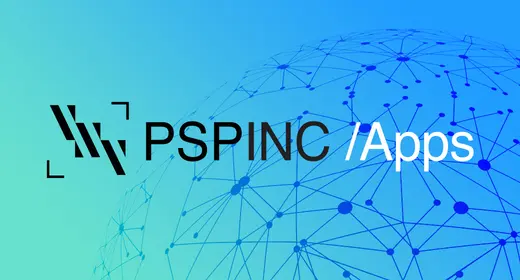
Have you ever liked a post about your local baseball team on social media, come back a day later, and see another post about baseball on your feed? That’s the recommendation algorithm doing its job. Recommendation systems, in short, predict based on a ranking system and will use those rankings to recommend items that they think users will like. And it’s widely what social media platforms use to populate users’ timelines.
The first wide-scale use of the recommendation algorithm was when Amazon started recommending users products in the late 1990s. And Netflix followed suit a year later in 2000. At the time, they started with a simple collaborative filtering technique. The general concept of collaborative filtering is customers who bought this also bought that. Amazon and Netflix have since refined their algorithms, and social media finally decided to adopt recommendation algorithms for themselves in 2010.
Social Media and Recommendation Systems
Today, recommendations largely dominate users’ social media feeds. This is evident by the For You page on TikTok and Twitter. Instead of just only showing posts from the people you’re following, it shows posts that their algorithms think you’d like based on past activity (likes, comments, replies, shares, etc.). Additionally, Facebook and LinkedIn feeds are also engagement-based by default, and the video recommendations section is the first thing you’ll see on YouTube’s homepage.
While social media platforms are relatively secretive about the specifics of how each of their algorithms works, one thing is clear: they reward posts that garner more engagement by showing them first. Even though every social media platform is different in its own ways, they all have similar goals: generate ad revenue, keep users happy, and encourage users to come back. The problem, however, is there’s no direct way to accomplish those goals when thinking about how platforms arrange content on users’ timelines. By focusing on engagement, the algorithm can then populate users’ feeds with more relevant posts, making it more likely they’ll stay on as well as return to the platform.
| Pacific Software Publishing, Inc. 1404 140th Place N.E., Bellevue, WA 98007 |
| PSPINC Creates Tools For Your Business |
| Pacific Software Publishing, Inc. is headquartered in Bellevue, Washington and provides domain, web, and email hosting to more than 40,000 companies of all sizes around the world. We design and develop our own software and are committed to helping businesses of all sizes grow and thrive online. For more information you can contact us at 800-232-3989, by email at info@pspinc.com or visit us online at https://www.pspinc.com. |
 An all-new multi-service login for your PSPINC web apps!
An all-new multi-service login for your PSPINC web apps!
 Request a quote for Custom WordPress Design
Request a quote for Custom WordPress Design

.png)
















